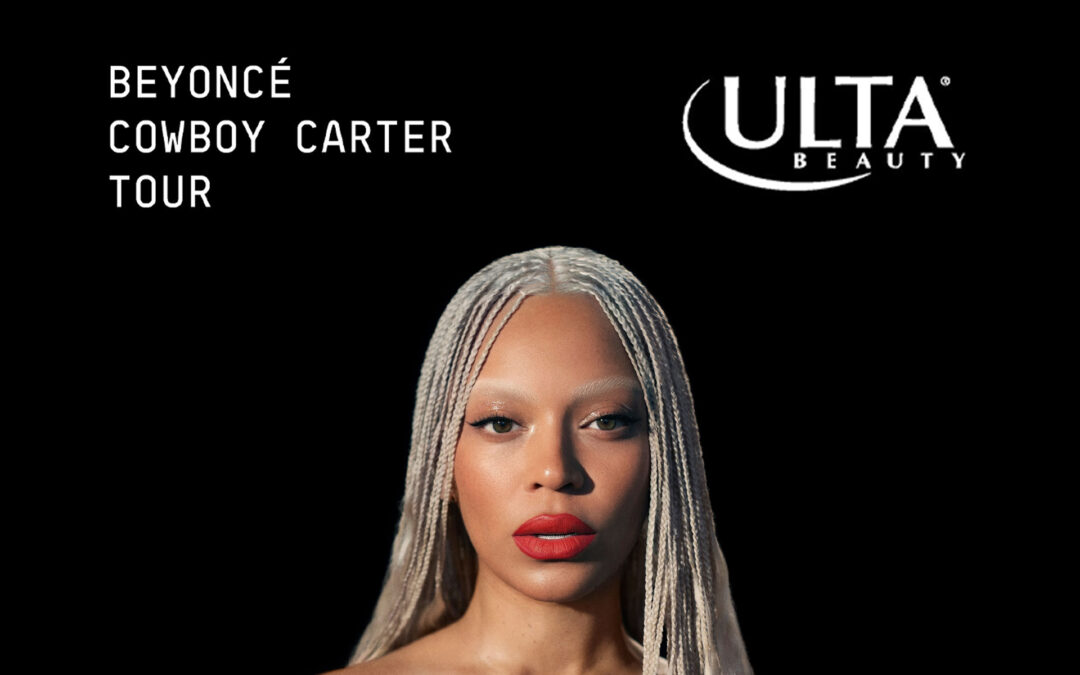Market research firm Numerator released early Black Friday data indicating Amazon captured the highest spend share for the occasion and Cyber Monday data revealing inflation and supply chain issues affected how consumers shopped.
Even if Amazon did come out on top, the research indicated that consumers have returned to physical stores with lesser concerns about crowds and COVID-19. However, some are shopping more conservatively due to inflation worries.
So, in the balance, online share grew again this year, and now accounts for 38.1% of overall sales on Black Friday, up 11.5 points from last year, Numerator reported. Amazon won the spending competition by capturing 17.7% of overall Black Friday sales. In what might be considered a twist, younger consumers were more likely to shop in stores, especially at Walmart. Ultimately, Amazon was the top retailer for all generations except Gen Z, whose members spent more of their Black Friday dollars at Walmart. Amazon gained share among all generations except Gen Z, where it lost 1.3 points versus the year before. Walmart and Target gained share with Gen Z versus 2020, particularly with physical stores. Gen Zers and Millennials had higher spending shares at Target than did older generations.
In terms of ethnicity, Amazon tied with Costco for share of Asian spend and tied with Walmart for share of Hispanic/Latino spend. African American consumers showed the largest growth in spend at Amazon of any ethnicity up 7.1 points from the year-earlier Black Friday. In addition, Numerator noted, African Americans were the only group showing growth at BestBuy.com, up 3.5 points versus the year-prior occasion.
High-income shoppers drove the largest growth in online spend share. High-income consumers saw the largest share growth online compared with low and middle-income shoppers, up 14.1 points. That compares with 6.2 points for low-income shoppers.
Amazon spend share actually grew more with low income than high income. Walmart was the top retailer among low-income shoppers, while middle-income shoppers and high-income consumers tended toward more Amazon spending. Amazon grew spend share with all income groups but most significantly with middle-income shoppers.
Costco and Best Buy in-store locations saw the largest share declines across income groups and in total, with online gains insufficient to offset losses.
As for Cyber Weekend, Numerator maintained that 22% of consumers spent more this year than in the 2020 period and that, of the group, one-third attributed higher spend to rising prices. Among those who claimed they spent less this year, 30% said they did so because they had less disposable income due to rising prices on everyday goods. Just over a third of Cyber Weekend shoppers said they were not able to buy everything on their list this year, up from 32% in 2020, with the top reasons indicated being out-of-stocks, at 43%, and an inability to find items, at 38%.
This year, 91% of respondents said they planned ahead for Cyber Week versus 84% in 2020, and 57% knew more than a week in advance that they would shop. Even before Cyber Monday, 54% of consumers said they were mostly or completely done with their holiday gift shopping.
In terms of approach, 32% of consumers said they did most or all of their Cyber Weekend shopping online versus 46% in 2020. Another 16% said they did all of their shopping in-store this year, up from 11% in 2020. Of those consumers who said they shopped more online compared to last year, 24% said it was to avoid large crowds, down from 53% last year.
In 2021, 29% of Cyber Weekend shoppers did not shop Cyber Weekend in the year before. In 2020, 17% of such shoppers said the same about Cyber Weekend 2019.





